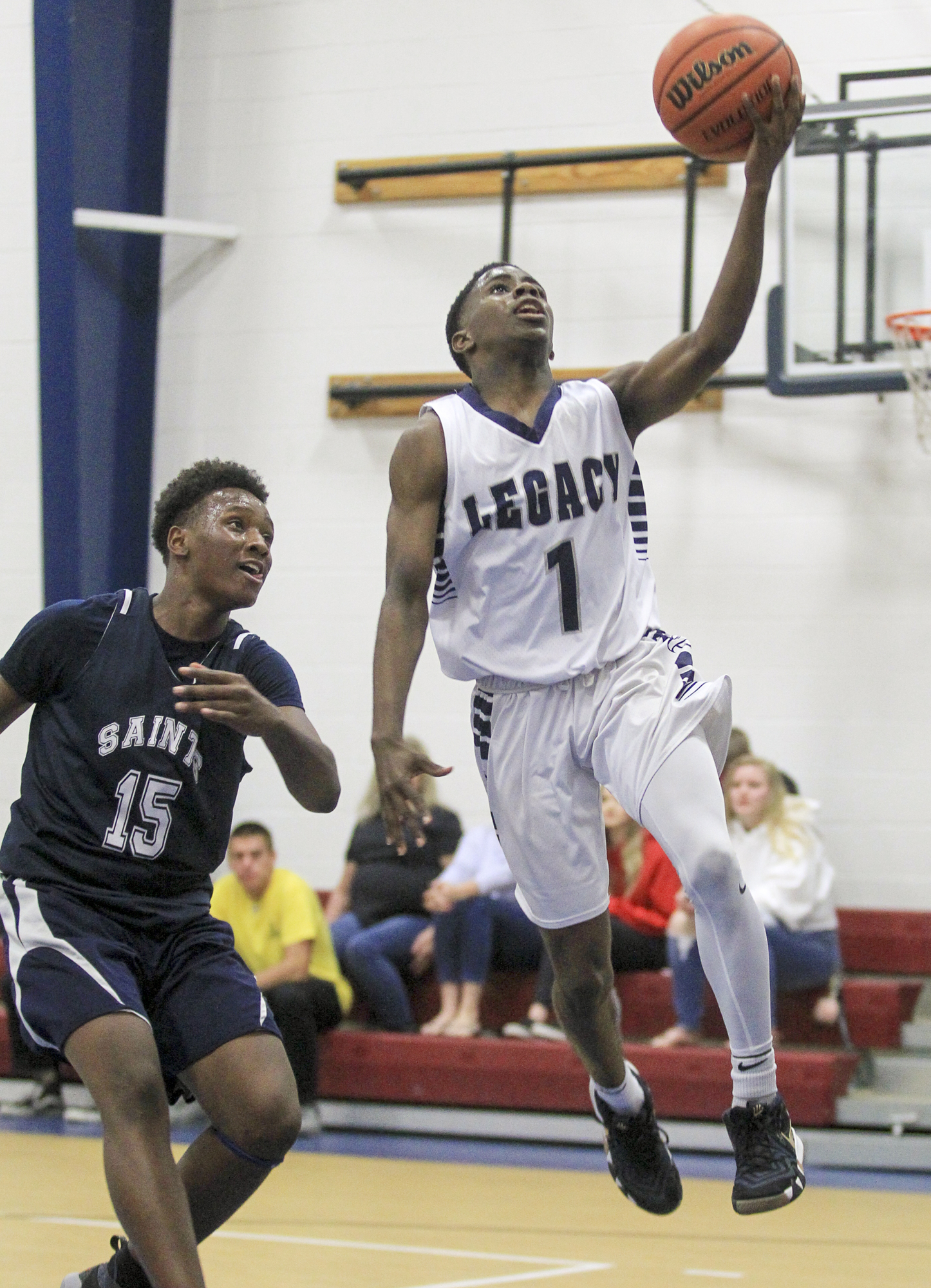- April 19, 2024
-
-
Loading

Loading

Basketball is a game defined by tempo, rhythm and flow — it’s like a ballet of athleticism.
That aspect of the game is what draws millions of people — including me — to the game. We want to see players run up and down the court with a bounce in their step as they wow us with their talents.
But then, there’s games like the most recent Boone/Oak Ridge contest, which took place Thursday, Jan. 10. Oak Ridge is a good team — a nationally ranked level of good — while Boone is a middling team that sits just above .500.
On that night, Boone outlasted Oak Ridge in a low-scoring 20-16 win, which is even more crazy when you consider that going into halftime, Oak Ridge was up 3-0. Soak that all in: three to zero.

You may be asking yourself, “How and why?”
The answer is simple: Florida high-school basketball doesn’t utilize the shot clock.
As a fan of the game, the concept of “stall ball” is an affront to the game I grew up loving, but there is a point that needs to be made. What Boone did was totally within the rules, and to be honest, slowing Oak Ridge down was the only way they were going to win that game. It’s smart basketball.
“I get, and support, what Boone did,” said West Orange girls basketball coach Shrell Chamberlain. “They had no chance to beat Oak Ridge if they were running up and down the court — it would have been a blowout.”
Chamberlain said he was indifferent toward the implication of a shot clock but that there was use in it — specifically getting talented players ready for the next level.
In collegiate ball, both the men’s and women’s game incorporate a 30-second shot clock, while the NBA and WNBA utilize a 24-second shot clock. The International Basketball Federation also uses the 24-second shot clock.
The rationale behind the shot clock is basic — it allows equal opportunity between teams and forces them to make plays in a timely manner. It also helps the game flow, compared to stalling out that’s induced by what us North Carolinians know as “Four Corners Offense” — a tactic that Dean Smith perfected during his time at the “school that shall not be named” in Chapel Hill.
“The question, perhaps, in high-school sports is are we really preparing the kids to play at the next level, or are we focusing on winning?” Chamberlain said. “If it’s focused on winning then, ‘OK, we can stall and whatever, and win any way we can win.’ Or are we focused these kids coming to us and saying, ‘We want to play at the next level,’ and preparing them for that.’”
Caio Santos, head coach of the boys basketball team at Legacy High, echoed those thoughts on player preparation — although he is much more adamant about the use of the shot clock.
“If you’re a varsity athlete and you’re playing varsity basketball, and you’re not playing with a shot clock, as soon as you get to college it’s automatically going to put you in (shell) shock,” Santos said. “I feel like it would prepare kids a lot more.”
Santos said implementing a shot clock also would help at the fundamental level. The game changes significantly when you only have to play offense — or defense — for 30 seconds or so, and it could greatly equal the playing field.
“It’s going to heighten the defensive aspect of it,” Santos said. “If a kid has to play defense for eight minutes straight — if they’re running a play where they can play the ball the whole game — that’s (defense) going to die down. If a kid knows, ‘OK, I have to play defense for 30 seconds,’ that aspect of (boosting) defense could make the game more competitive.”
“The question, perhaps, in high-school sports is are we really preparing the kids to play at the next level, or are we focusing on winning?”
— Shrell Chamberlain
There are ways for a defense to break up another team’s attempt to hold the ball, but with that comes risk.
By pressuring the ball, a defense can force a stalling offense into turnovers and open up the game. However, too much pressure can also lead to foul trouble — an issue for teams that aren’t deep.
But of all the talk of a shot clock, there are issues most coaches acknowledge — cost and personnel.
Finding the people to man the shot clock correctly —while also finding money for the devices themselves — would be tricky. It ultimately is what has led to the lack of shot clock in high-school basketball in the state, and it’s a problem many think will keep serious talks tabled for the foreseeable future.
“I don’t know if the county or the state can provide the professional people to work it,” Chamberlain said. “As long as the state can provide quality people that really know how — to train them to do it — I just feel like we are already limited to refs and resources.”